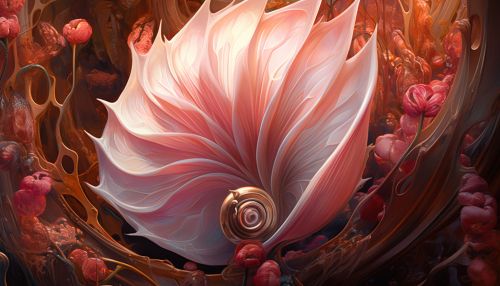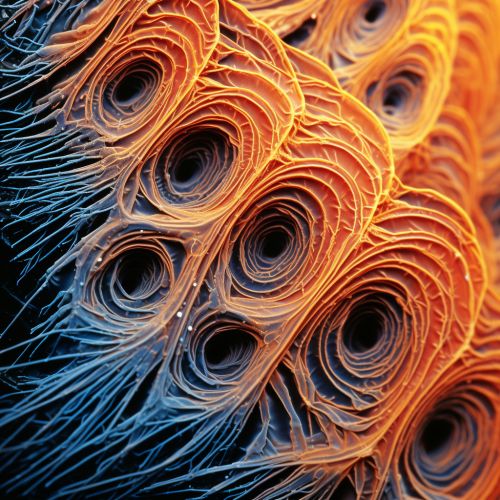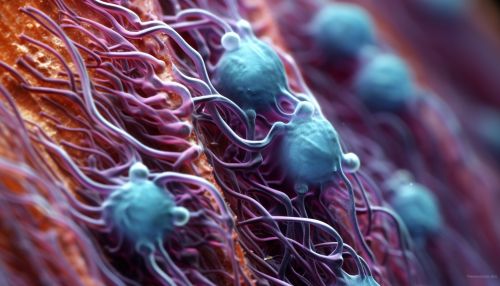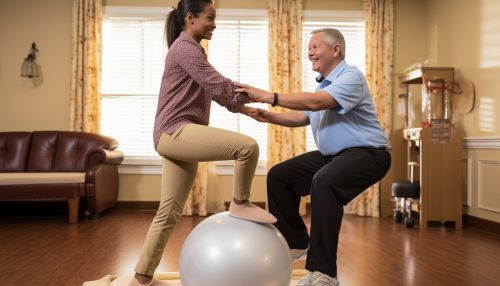Equilibrioception
Introduction
Equilibrioception, also known as balance, is a complex sensory system that allows organisms to maintain their body position relative to the surrounding environment. This system is crucial for survival, as it enables creatures to move and interact with their environment without falling or losing control of their movements.


Physiology of Equilibrioception
The primary organ responsible for equilibrioception is the vestibular system, which is located in the inner ear. This system consists of three semicircular canals filled with a fluid known as endolymph, and two otolith organs - the utricle and the saccule. The semicircular canals detect rotational movements, while the otolith organs detect linear accelerations and gravity.


Mechanism of Equilibrioception
When the head moves, the fluid in the semicircular canals moves as well, causing the hair cells within the canals to bend. This bending triggers an electrical signal that is sent to the brain via the vestibular nerve. The brain then interprets these signals and makes necessary adjustments to maintain balance.


Disorders of Equilibrioception
Disorders of equilibrioception can lead to symptoms such as dizziness, vertigo, balance problems, and difficulties with spatial orientation. These disorders can be caused by a variety of factors, including inner ear infections, head injuries, aging, and certain medications. Some common disorders of equilibrioception include Meniere's disease, benign paroxysmal positional vertigo, and vestibular neuritis.


Treatment of Equilibrioception Disorders
Treatment for disorders of equilibrioception typically involves addressing the underlying cause of the disorder. This may include medications to treat infections or inflammation, physical therapy to improve balance and coordination, and in some cases, surgery.


Role of Equilibrioception in Daily Life
Equilibrioception plays a crucial role in our daily lives. It allows us to walk without falling, ride a bicycle, drive a car, and participate in sports and other physical activities. It also plays a role in our perception of the world around us, helping us to understand our spatial relationship with our environment.


